The Netherland Authority for Nuclear Safety and Radiation Protection (ANVS) has granted the final permit to Urenco, the uranium enrichment company, for the construction and operation of a new radioactive waste storage facility at its Almelo site. Last year, Urenco was granted permission to build the facility prior to the permit being issued.
In the autumn of 2022, Urenco received a warning from ANVS after an inspection. ANVS said that radioactive material (activated carbon and waste oils) was being stored in a room that was not sufficiently fire-resistant at Almelo.
ANVS said in April 2023 that although there was no immediate danger to people and the environment, ANVS still issued a ‘tolerance decision’, allowing the construction of a new storage facility, without the required permit having been granted in advance. This was done so that Urenco could meet the safety requirements as quickly as possible.
At the time of issuing its decision, ANVS said it “only tolerates [permit] violations either in the event of force majeure or in a transitional situation and if the situation does not lead to major environmental or safety risks. We have assessed that there is force majeure for the storage of the radioactive material at Urenco. The company may therefore create and use a new storage facility without a permit until 1 July 2024.”
“Now that the final permit has been obtained, the tolerance situation has formally come to an end,” ANVS has recently noted.
Radioactive waste from Urenco’s uranium enrichment activities at Almelo cannot immediately be sent for storage at the Central Organization for Radioactive Waste (COVRA). The waste must first be processed by the Urenco. Then it can be transported to COVRA which is the only storage facility for radioactive waste in the Netherlands. The radioactive material must therefore remain stored at Urenco until that processing has taken place.
In addition to granting the final permit for the waste storage facility at Almelo, ANVS has also made three amendments to Urenco’s license for the plant. The company has the option to adapt the floor plan of its facility to the new situation. Urenco is also permitted to use a higher tube voltage for its X-ray equipment. The company uses these devices to screen its centrifuges during assembly. In order to use a new type of centrifuge, Urenco needs equipment with a higher tube voltage (two hundred and fifty kilovolts) than it is currently allowed to use (two hundred kilovolts)) according to the permit. In addition, Urenco may install two additional tipping autoclaves in the Central Services Building. These devices are used to take samples. Urenco will have the ability to take more samples at the same time by installing these additional tipping autoclaves.
Urenco announced plans last December to increase capacity at its Almelo plant by fifteen percent in response to new commitments from customers. The project will see multiple new centrifuge cascades added to an existing plant at the site. This will add about seven hundred and fifty tons of SWU per year. The first new cascades are scheduled to come online at Almelo around 2027.
Blog
-

Radioactive Waste 930 – Urenco Has Been Granted Permits To Clean Up Radioactive Waste Storage At Almelo Facility
-
Nuclear News Roundup May 10, 2024
US to offer up to $3.4 billion for nuclear fuel makers in June mining.com
Japan fumes at China, Russia for calling released Fukushima water ‘nuclear-contaminated’ scmp.com
US conducts 3rd subcritical nuclear test under Biden nhk.or.jp
New Dutch government pushes for more offshore gas extraction and nuclear offshore-technology.com
-
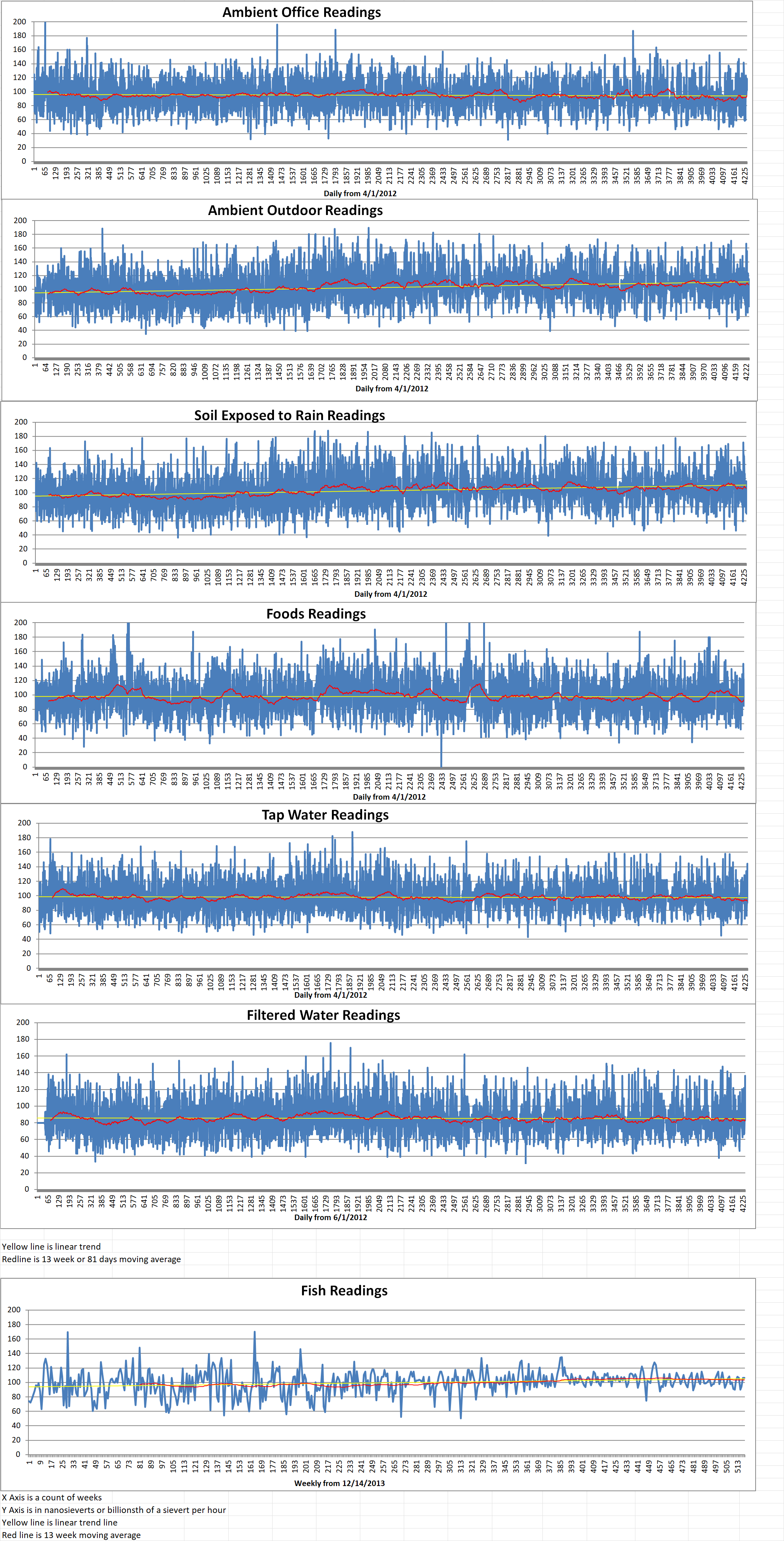
Geiger Readings for May 10, 2024
Ambient office = 106 nanosieverts per hour
Ambient outside = 75 nanosieverts per hour
Soil exposed to rain water = 70 nanosieverts per hour
White onion from Central Market = 93 nanosieverts per hour
Tap water = 98 nanosieverts per hour
Filter water = 89 nanosieverts per hour
-

Nuclear Reactors 1388 – World Nuclear Association Conference Discusses Need To Improve Global Electrical Grid Infrastructure – Part 2 of 2 Parts
Part 2 of 2 Parts (Please read Part 1 first)
Bilbao y León said that people tend to think of the energy systems of the future as being a version of the current system. However, she said that the technology is definitely going to be very different. “Very importantly I think that we are going to see a lot of coupling of systems … electricity is obviously going to be very important as we try to electrify a lot of energy, but clearly there are going to be additional energy vectors … all these technologies are going to make this system more complex … we can have different energy products depending on what is needed at different times to ensure the reliability and the resiliency and the flexibility of the system.”
Ballout spoke about scenarios that Électricité de France SA (EDF) has been developing for more than fifteen years, mainly for internal use. This year EDF has made its scenario for net-zero publicly available. “It’s fundamentally different from the other scenarios we’re developing because we start with the constraints and the end. We start with net neutrality in 2050 and we go backwards. So we try to find the most economically efficient pathway to achieve this neutrality. And when I say economically efficient, I think of welfare maximization, the minimization of the cost and the optimization of the resilience of the system.”
Ballout continued, “And that’s how we come to a mix that shows we have to multiply by six our renewable capacity in Europe [by 2050] – we’ve been talking about 15 Western European countries. We will have between 120 and 150 gigawatts of nuclear capacity. We will enhance significantly the production of biofuels and CCS. We see this path will take us to a significant increase of flexibility needs … it’s a very important part of the resilience of the system.”
Wilmshurst said that it was clear that nuclear and renewables will have an important role together in the future electricity system. “If we have an idealistic view that renewables can expand and expand and expand, the transmission grid needs to expand and expand, get more complicated, and when it gets more complicated the potential for it be less reliable increases.”
However, Wilmshurst noted that financing is a hurdle for nuclear deployment in most countries. “A great part of nuclear being perceived as expensive is the financing cost. So why is the financing cost so high? Because you have to build the nuclear plant – it takes a long time, it’s complicated – but that huge capital investment upfront alone then gives you the facility that runs for many decades to recoup the investment.”
Wilmshurst went on to say that “If we get deployment plans together with a clear picture … all of a sudden, the deployment experience increases, deployment risk goes down, the confidence in the financial markets that the projects can be delivered on time increases. Finance starts flowing. If we don’t make a decision to move, we don’t start doing things, we don’t learn as well. There’s hesitancy in the markets to invest.”
Ballout said nuclear and hydro play a critical role because outages of plants can be scheduled during periods where the demand is lower. “But that’s why we say we have to continue financing and investing in hydro and nuclear. The nuclear fleet is capable of ramping up when suddenly you don’t have sun or wind. It’s possible technologically and technically speaking and at the same time it is possible to ramp down in order to leave room for renewables to produce and that’s really the very important message for us.” -
Nuclear News Roundup May 09, 2024
Putin, Xi Issue One-Sentence Warning on Nuclear War newsweek.com
Swedish project to develop Gen IV nuclear power system world-nuclear-news.org
Uganda looks to potential uranium production world-nuclear-news.org
UK sets out plan for boosting nuclear workforce world-nuclear-news.org
-
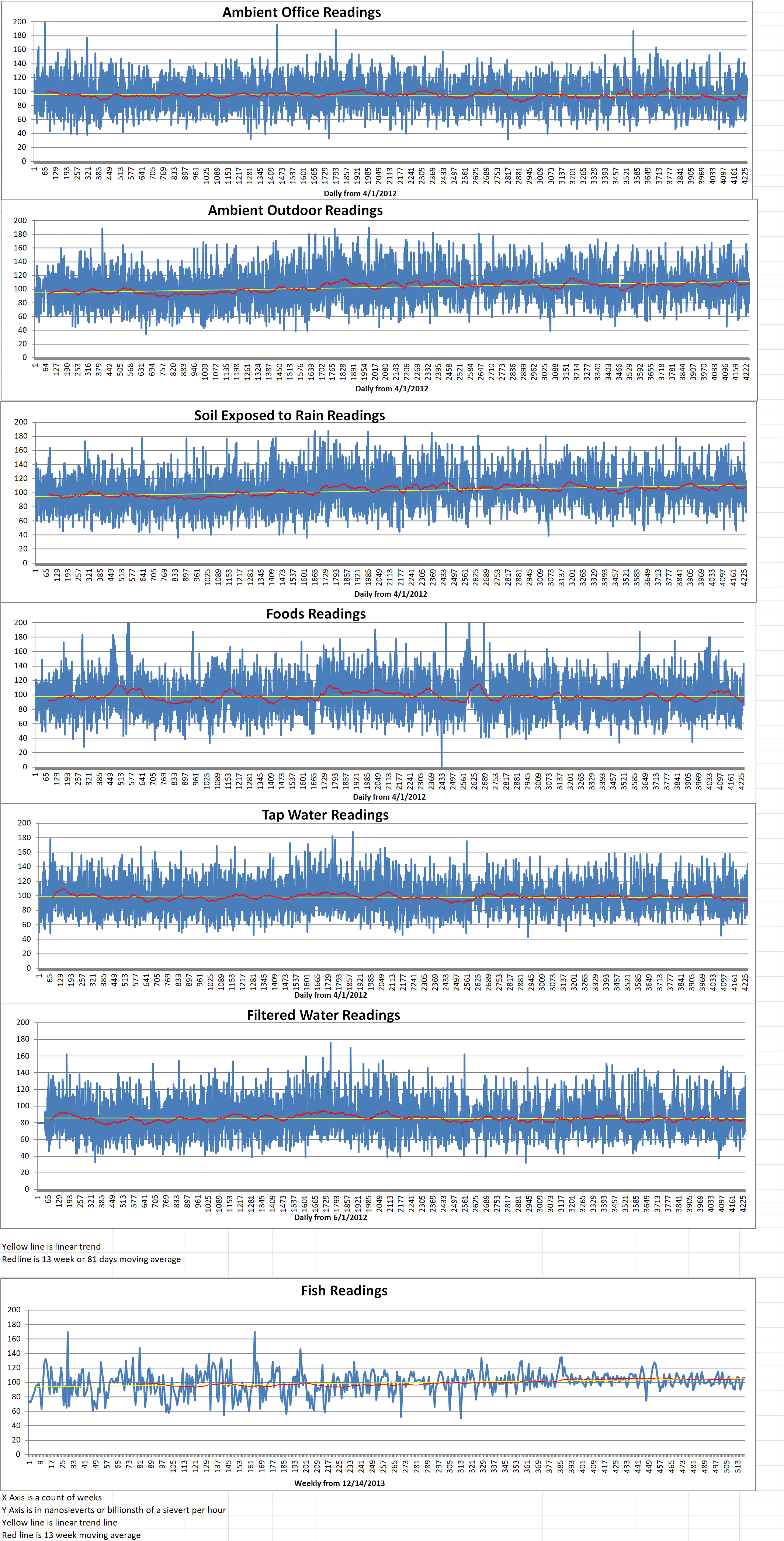
Geiger Readings for May 09, 2024
Ambient office = 102 nanosieverts per hour
Ambient outside = 100 nanosieverts per hour
Soil exposed to rain water = 102 nanosieverts per hour
Tomato from Central Market = 122 nanosieverts per hour
Tap water = 144 nanosieverts per hour
Filter water = 136 nanosieverts per hour
-
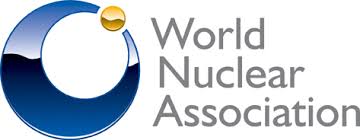
Nuclear Reactors 1387 – World Nuclear Association Conference Discusses Need To Improve Global Electrical Grid Infrastructure – Part 1 of 2 Parts
Part 1 of 2 Parts
Massive growth is expected in the global demand for electricity, which will require an expansion of both generation and the transmission system. This was conveyed by speakers at a side event at the World Energy Congress 2024. They said that nuclear power will play an important role, in ensuring the resilience of the future electricity system.
The session was called Building low-carbon resilient electricity system. It was co-organized by World Nuclear Association, the United Nations Economic Commission for Europe (UNECE) and the Electric Power Research Institute (EPRI) on the sidelines of the World Energy Congress, held in Rotterdam, The Netherlands, on 22-25 April.
When he was asked about the biggest challenges to the global electricity system, World Nuclear Association Director General Sama Bilbao y León said that many developed countries have “very robust and reliable energy systems” that have been constructed over the years. However, when adding new generation, particularly intermittent renewable generation, “we have forgotten to ensure the resiliency of the system. We are finding ourselves close to breaking point where any most-needed capacity … is really going to require major investment into the grid itself.”
Neil Wilmshurst is the Senior Vice President, Energy System Resilience and Chief Nuclear Operator at EPRI. He said that in the developed Western world, the challenge is integrating renewables, reliability, and resilience in the context of increasing demand. He pointed out that even conservative estimates put future electricity demand at twice or three times the current demand. “If you look at the amount of hydrogen people say could be in demand in the US, it would take the entire current generation capacity of the US to produce it. That is the kind of magnitude of generation we’re talking about. Then you throw on top of that the coming load from data centers.” Meanwhile, electricity demand in developing countries in the third world is also rapidly expanding. He said that a major challenge will be simultaneously increasing electricity supply in the developed world while also electrifying the developing world.
Iva Brkic is the Secretary of UNECE’s Sustainable Energy Division. He noted that a recent International Energy Agency report estimated that there was a need to add or refurbish a total of more than fifty million miles of grids by 2040. This is the equivalent of the existing global grid. She said that “We need to double it in the next 14 years to meet our targets. So where are those resources going to come from? Where are the critical raw materials that we need to identify, to secure the supply chains, to really build that infrastructure? Now we add another layer to this – keeping the resiliency but also the reliability of that grid.”
Brkic said that the effects of climate change are already being experienced around the world. “How can we ensure that the system that we are now redesigning and building and modernizing can withstand those impacts of climate change – the heatwaves, the droughts. This is something that we need to pay attention to. At the UNECE, we like to think also about the aspects of balancing between delivering on energy security, affordability and environmental sustainability. And when we think now about modernizing the electricity system, it’s also about balancing those aspects and creating resiliency while actually cleaning the energy system.”
Wassim Ballout is an energy analyst at EDF’s Corporate Strategy Division. He said that the electricity sector is still one of the highest emitters of CO2, with many countries relying heavily on fossil fuels for electricity production. “One of the biggest challenges will be to satisfy this significant demand growth with decarbonized production. Not only decarbonizing the existing production but also to cope with the significant increase … the challenge would be to invest in all low-cost, low-emission technologies and to have a technological neutral approach and have good incentives to do that.”
Please read Part 2 next -
Nuclear News Roundup May 08, 2024
Russia tested space-based anti-satellite weapon with potential nuclear capabilities in 2022 kyivindependent.com
Future of TMI Unit 1 questioned after nuclear power plant restarted in Michigan local21news.com
Those sickened by U.S. nuclear testing program take their fight to Congress kpbs.org
What’s next for Diablo Canyon nuclear power plant? This meeting discusses that ksby.com
-
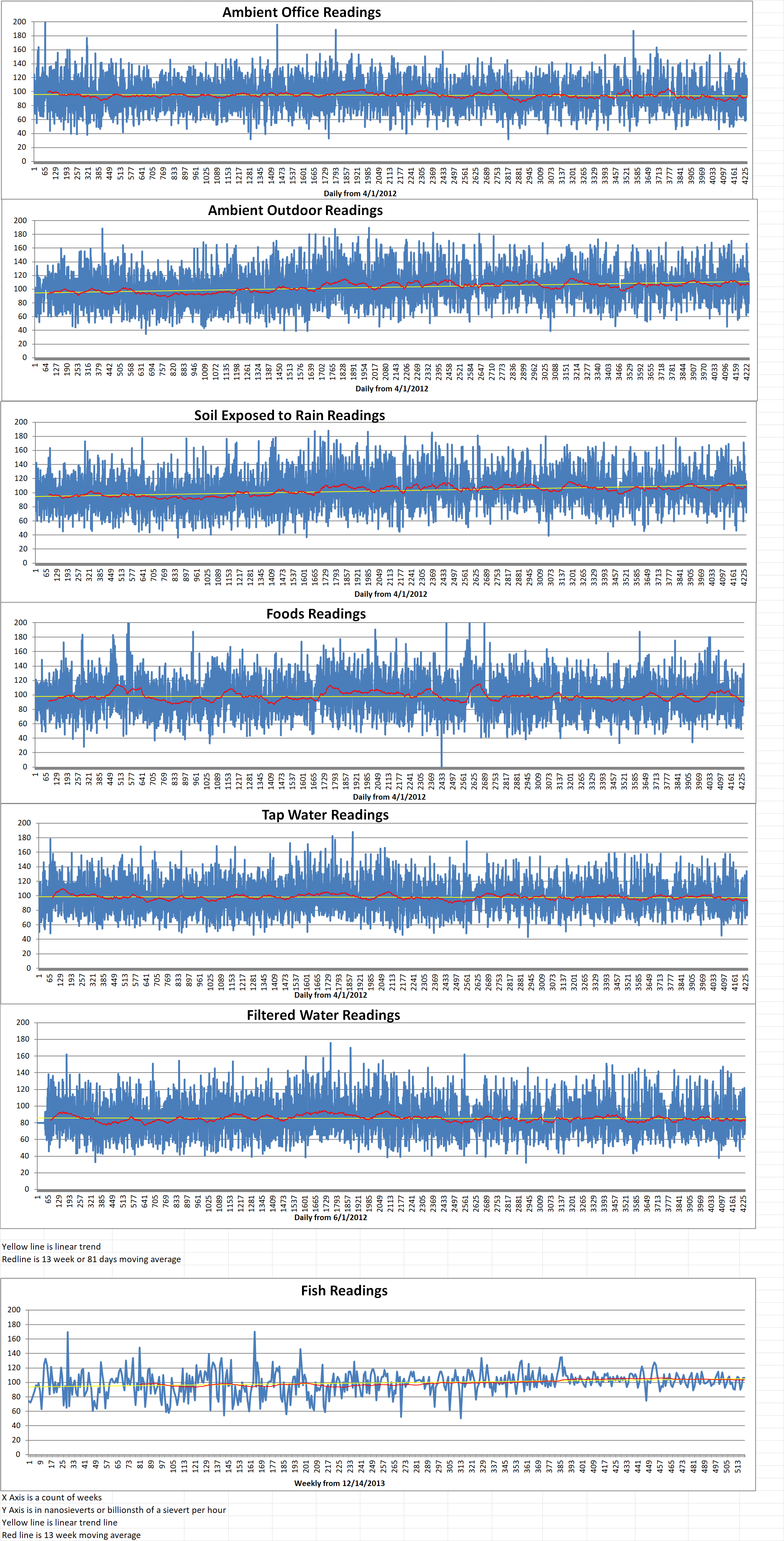
Geiger Readings for May 08, 2024
Ambient office = 118 nanosieverts per hour
Ambient outside = 115 nanosieverts per hour
Soil exposed to rain water = 116 nanosieverts per hour
Roma tomato from Central Market = 85 nanosieverts per hour
Tap water = 90 nanosieverts per hour
Filter water 83 nanosieverts per hour
-
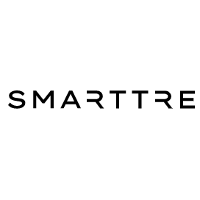
Nuclear Reactors 1386 – Polish Reinsurer Smartt Re Is Working On The Creation Of A National Nuclear Insurance Pool – Part 2 of 2 Parts
Part 2 of 2 Parts (Please read Part 1 first)
Libront added, “Obviously, we are aware of the importance of ESG policies in our lives, the need to gradually move away from fossil fuels, the need to diversify energy sources and to take advantage of the opportunity of nuclear power.
Libront explained that “Building an insurance strategy is important so that the Polish market becomes a strong partner for foreign insurers and reinsurers whose insurance capacity it will use. For our partners, the strategy means a good understanding of Poland’s energy transition path and the development of Poland’s nuclear power industry, the conditions, risks, and opportunities. Finally, the insurance strategy guarantees the nuclear industry optimal protection and good conditions for cooperation with the insurance market.”
He said that having the right strategy in place is also about beginning work on the shape and organization of a national nuclear pool or other national association of insurers. This pool will take over the management of insurance risks once the plants are up and running and nuclear fuel is in the reactors. Smartt Re has thrown its support of the development of just such a national nuclear pool.
Exploring what shape such an organization might take, Libront revealed that this depends on the decisions of the insurance market itself and that various solutions are already in place around the globe. Smartt Re is supporting a scenario where there is one nuclear pool operating in Poland. Discussions on this have already begun.
Libront highlighted that Towarzystwo Ubezpieczeń Wzajemnych Polski Zakład Ubezpiecze Wzajemnych
(TUW PZUW) , the mutual arm of Polski Zakład Ubezpiecze (PZU) the biggest insurer in Poland, has signed an agreement of cooperation with the British Nuclear Risk Insurers. Around the world, such associations of insurers and reinsurers work together to be responsible for insured risks. Smartt Re’s role as a specialized reinsurance broker is to leverage its international reach and relationships to facilitate networking, know-how adoption and knowledge exchange.
This is especially important given that other nuclear pools want to also be involved at the planning stage of the construction of a nuclear power plant in Poland, with a so-called “watching line”. Libront explained that this is a small share that allows them to observe from the front row the progress of the construction of the nuclear power plant, in the insurance of which they will have a decisive share once it is operational.
On the power of international collaboration in supporting the future of nuclear energy, Libront noted that, as the industry evolves, not only are the biggest government investments to be insured, but also those supported by the private sector, micro-reactors, all companies, subcontractors, services and infrastructure.
He went on to say that “That’s not only construction and erection, but also third-party liability. All these entities will have to deal with the issue of adequate insurance coverage. Intra- and inter-sectoral collaboration, both domestically and in the European arena, is necessary for the financial security of these strategic investments for Poland.”
He finished by saying that “We can draw on various international experiences and it is good to see that various parties, including the nuclear power industry and the public administration, are already involved in discussions about potential solutions initiated by the insurance industry.”
